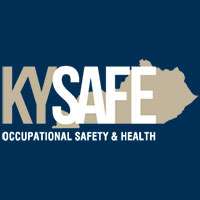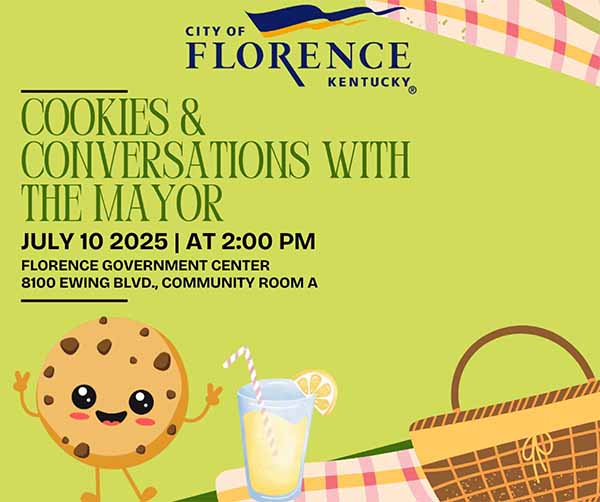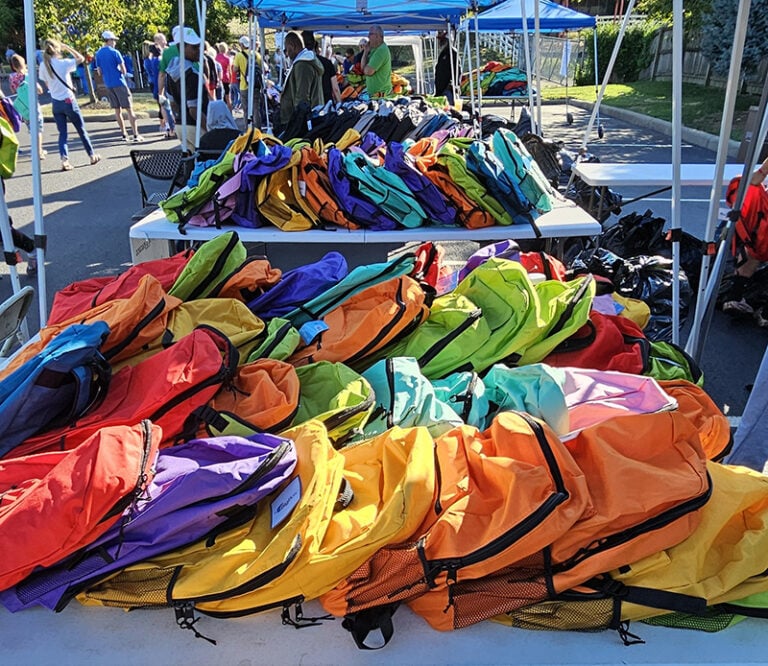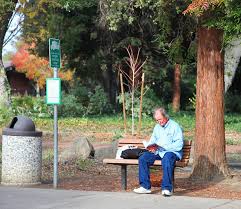Results from a recently concluded “Age-Friendly” Berea survey revealed more than just how residents feel about issues impacting the quality of their daily lives. It also provided food for thought on a number of opportunities any community could pursue.
As part of the World Health Organization/AARP “Age-Friendly” Cities movement, the study looked at how well Berea is doing in eight (8) core areas of livability: public transportation; affordable and variety of housing; outdoor spaces and buildings; communication and information; health and wellness; socialization; jobs; and civic engagement.
The results, a first for Berea and our area, are part of an ongoing set of criteria the city must meet to achieve “age-friendly” status. Its designation can mean a lot to any community in terms of tourism, retirement, and boosting the local economy.
The survey came about through the efforts of a variety of individuals drawn to this initiative from a personal or professional perspective. Community leaders, elders, concerned citizens, and student volunteers helped to create, promote, or distribute the questionnaires. Its intention was to spur conversation and get people thinking about their community and what it should look like for them, their families, neighbors, and friends, both now and in the future.
Due to the length of the questionnaire, the number of responses received (288) were far more than most people expected. However, even more surprising were the combined 45 pages of additional comments, ideas, and suggestions people felt were important enough to include with their reply. What they had to say formed a true cross-section of Berea’s residents. Residents with annual incomes of under $10,000 (3.4%) to over $150,000 (3.4%) weighed in. They also represented people younger than 40 (18.6%) and over 85 (.01%) The oldest resident to fill out the survey had just turned 98! The bulk of responses came however, from those with incomes of $26,000 to $74,999 (49.5%) and whose ages ranged from 45 to 69 (62.2%). Their responses drew on issues both large and small, and reflected a feeling among some in the community that their elected officials were either “unresponsive” or “unwilling” to address many issues they felt were previously voiced as concerns.
Themes emerged throughout the survey pointing to the need for more dependable, reliable, and affordable public transportation; walkability; mixed-use and senior housing; ready access to current information; and job growth. It provided too, a case that can readily be made for their connection to one another. It is a connection too, that has further impeded a strong desire (92%) on the part of older residents to be more involved in civic and social engagement.
Transportation
Public transit encompasses just one aspect of transportation. It also includes pedestrian right of ways; walkability; bicycle and road safety and vehicular movement. Its relationship to health, housing, safety, job growth, and the local economy cannot be ignored. Many see the lack of sidewalks or usability of existing ones as an impediment to “walkability” for many elders, people in wheelchairs, and school-age children.
As one respondent put it, “I’ve commuted to work, school, and activities by bike and on foot for years in Berea, and it’s generally stressful, unsafe, and often impossible. Berea is failing its poorer citizens by refusing to provide options other than individual car ownership for transportation.”
Another cited her frustration in getting her wheelchair bound husband around town. “It is difficult to get him around in many places. Some are wheelchair-accessible, some are not. Even those that are…sometimes are just barely meeting the minimum requirements, so it is still difficult to maneuver.”
One mother expressed the feelings of many with small children when she wrote, “There is a crying need for more sidewalks in areas where children walk to school. No child should be made to walk in a ditch.”
Many relying on public transportation cited the need for more accessible, convenient, and reliable transportation. Others cited the need for safe and sheltered stops, longer hours to more locations, and special transportation services for older and disabled people. The need for access to areas outside of Berea like Richmond and Lexington were also an issue.
Housing
The need for more affordable housing options, i.e. active adult communities, assisted living, and shared facilities came as no surprise (90%). However, the desire for homes equipped with features such as no-step entry, wider doorways, first floor bedroom and bath, and grab bars gives new builders much to consider. Safe and well maintained low-income housing (90%) was also a factor along with a need for more home repair services for low-income and older adults (93%).
Placement of senior housing was also an issue with a number of respondents stating their desire to remain in a “community for all ages” and “not segregated into special communities.” Another suggested, “More walkable clustered intergenerational housing within the center of Berea.”
With more people wishing to remain in their own homes, as well as their community, it is not surprising that people expressed the need for more affordable, dependable, and trained home care service providers (health, personal care, and housekeeping (92%). What was surprising however, was the desire for more health care professionals that speak different languages (72%); perhaps reflective of the continued growth in our Hispanic population.
Communication and Information
Another major concern among Bereans is the need for a central resource (91%) for reliable, timely and comprehensive information. One respondent summed up what many people felt in saying, “I would be hard pressed to find any one location for the services I need. Even the places where I would turn to are themselves unable to effectively promote the services they offer and are hard pressed to refer you to other service providers if needed. Much of the information people would require is simply not available online, out of date, and not centrally located for ease of access.”
Jobs
Some of the biggest concerns related to jobs and job training with 80% of the public rating the city’s efforts to address job growth as merely acceptable or unacceptable. Respondents cited the need for a range of flexible job opportunities (92%); job training (94%); and jobs adapted to meet the needs of those with disabilities as impediments to inclusion. The survey also gauged the number of people expecting to put off retirement or planning to work as long as possible (68%) as factors to be considered in planning for the local economy.
Respondents were mixed in their comments with some believing Berea still has “much potential” because of its location. Others believing that to its detriment, “Berea focuses a lot on bringing in tourists while missing the population right under its nose . . .” One comment however, captured what many feel needs to be done. “There needs to be a master marketing and development plan that fully takes into account the needs of both the town and the college, along with drawing on local strengths, such as the arts, and physical environment, etc. Without the right business mix in town, you potentially harm everyone from the perspective of both livability and tourism.”
Since the need for greater access to community information is such an important issue, the survey may in part be seen as the public’s perception of what may in fact already be taking place to address some of the issues being raised. I would therefore encourage people not to overlook newly emerging and ongoing efforts of community professionals and volunteers who are striving to make Berea a more livable community. Nor should we fail to recognize the City of Berea for its willingness to become one of only three current cities in Kentucky and 61 nationwide in pioneering efforts to make their communities more “age-friendly.”
Jeff Rubin is an advocate and adviser on community and aging issues having spent over 20 years as a director and facilitator of community service programs at the local, state and national levels. An advocate for “Age-friendly” and “Livable” communities, Mr. Rubin is currently leading an initiative to make the city of Berea, one of only three cities in the Southeast to achieve World Health Organization designation as an “Age-Friendly” community. Mr. Rubin invites your questions, comments and interest and can be reached at Jeffrubin@windstream.net.






















